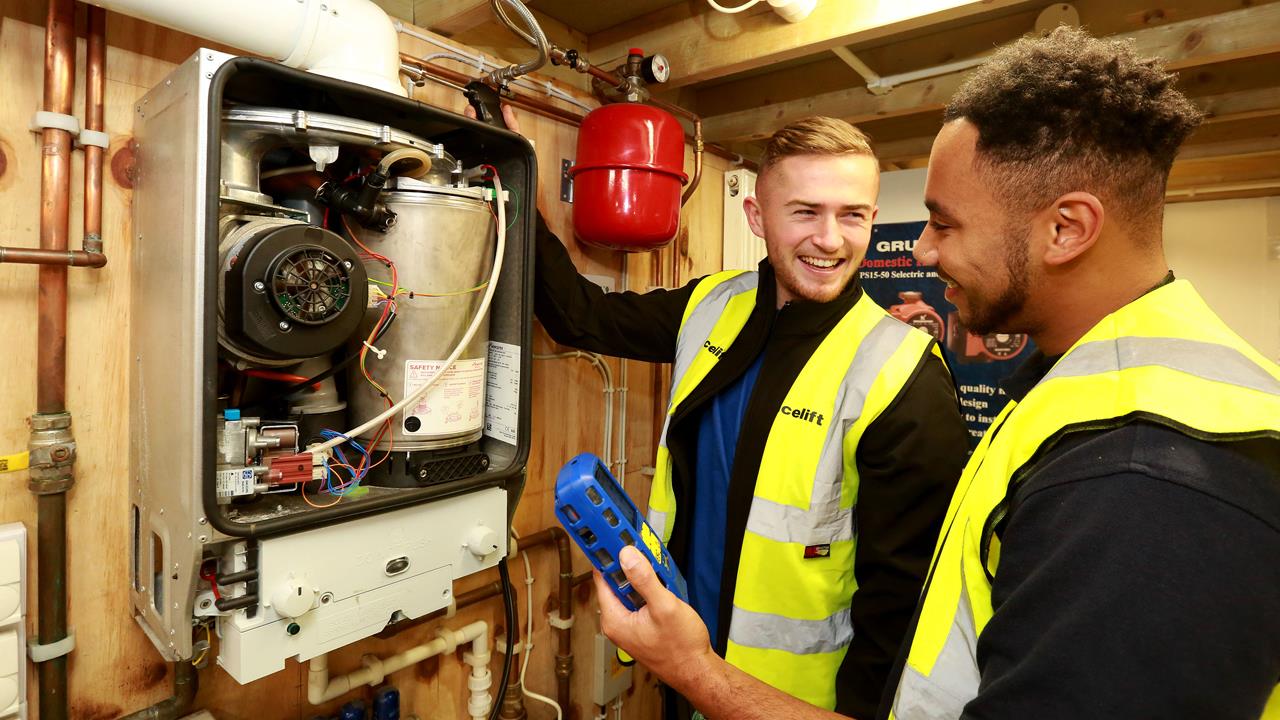

Marie Harris, Strategic Lead for Apprenticeships at Steve Willis Training Centres, explores what apprenticeship options are available for employers as we enter 2020.
One of the key issues facing the country as we enter a new decade is the challenge of ensuring the UK has the skills it needs to secure its future. Apprenticeships remain the flagship training product, with the planning and investment of the last few years now coming on stream to enable employers to take advantage of all the government support and funding available.
Employers are now very much in the driving seat as they decide when and how to take on an apprentice. Through the Apprenticeship Levy they are able to purchase an apprenticeship that will truly meet the needs of their business.
Large employers (with paybills over £3 million) pay in, and every employer from the biggest companies to the smallest one-man bands can use that money to fund their own apprentice. This is already being trialled and being rolled out during 2020.
The government’s National Apprenticeship Service provides an online home where employers can find out about the new Apprenticeship Standards and search for a local training provider. Employers can see how employers and learners rate the providers and ensure they choose the best training for their employee.
This digital service also gives employers control of their own funding. If they are a levy payer they can offset their £15,000 ‘levy allowance’ against their contribution to training costs, but most employers are smaller businesses who don’t pay the levy. These employers can simply set up a digital account which allows them to access the government funding.
In addition to the government funding for training costs, the apprentice minimum wage is currently set at £3.90 an hour for apprentices aged 16-18 (and 19 if in the first year of their apprenticeship), and there are no Class 1 NI contributions for apprentices under 25.
If they choose their training provider carefully, employers can be confident that as we head into 2020 apprenticeship training for the gas and plumbing industries is of the highest quality. The Apprenticeship Standards introduced over the last couple of years provide a guarantee to employers that their employee will be receiving the training they need to become a highly competent and skilled engineer, ready to benefit their business for years to come.
To qualify in their chosen trade, apprentices must go through the End Point Assessment at the end of their training programme. Delivered by independent End Point Assessment Organisations such as City and Guilds, these assessments test the apprentices’ knowledge and practical capabilities against the standard. This independent assessment also reassures the employer and learner that their chosen training provider is delivering excellent training.
At Steve Willis Training, we have invested in a new Gas End Point Assessment facility at our Burgess Hill training centre, with generous support from our industry partners, including Worcester Bosch. City and Guilds will be delivering End Point Assessments to apprentices from across the local area, not just those training with us.
We’re pleased to have taken this step towards improving the wider quality of apprenticeship provision.
Employers who take on an apprentice are investing in the future of their business. We believe they should be able to look to their apprenticeship training provider to meet all their needs from beginning to end.
If you'd like to keep up-to-date with the latest developments in the heating and plumbing industry, why not subscribe to our weekly newsletters? Just click the button below and you can ensure all the latest industry news and new product information lands in your inbox every week.